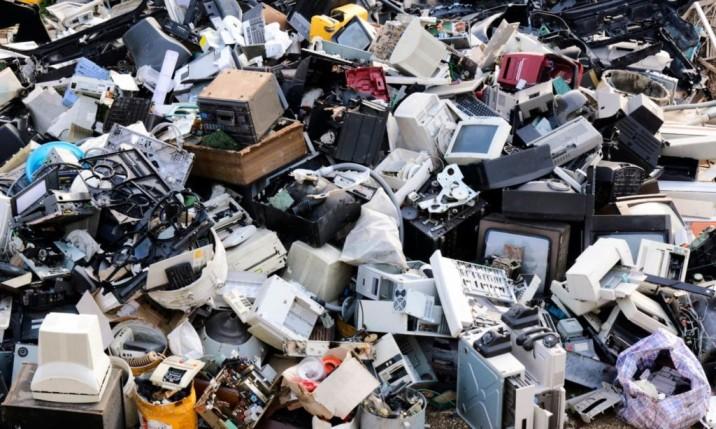
Share
By Raphael Barasa
In recent years, electronic waste has been a growing concern in most parts of the world and Kenya has not been spared. Notably, Kenya recorded an increment of 29.4% in e-waste generated in five years, turning fresh focus on the lapses of waste management in the country.
A report by Global E-waste Monitoring shows that the country generated 51 Million kilogrammes of e-waste in 2019 compared to the 36 Million kilogrammes generated in 2015.
Globally, the report shows that a record 56.3 million metric tons of electronic waste was generated in 2019. This was a 21% increase from e-waste generated in 2015.
‘It is estimated that the amount of e-waste generated will exceed 74 Mt in 2030. Thus, the global quantity of e-waste is increasing at an alarming rate of almost 2 Mt per year’, says the report.
However, the two queries from what experts say have remained the most ignored in the management of electronic waste in the communities and the country at large.
The National Environmental Management Authority refers to E-waste as, “discarded electrical or electronic devices or appliances that have ceased to be of any value to their owners.”
A Waste Electronic and Electrical Equipments Forum survey indicates that only 17.4 per cent of 2019’s e-waste was collected and recycled in the world.
This means that gold, silver, copper, platinum and other high-value, recoverable materials conservatively valued at Sh5.7 trillion, a sum slightly more than half of Kenya’s GDP in 2019 were mostly dumped or burned rather than being collected for treatment and reuse.
Around the globe, e-waste accounts for only 2 per cent of debris in landfills but contributes two-thirds of heavy metal toxins, making it one of the main contributors to toxic leaching. These metals break down in the soil, emitting dangerous gasses harmful to humans and the environment.
Andrew Amadi Chief Executive Officer of Kenya Renewable Energy Association has implored the need for suppliers to produce electronic appliances within the set standards to ensure that the product does not result in one with no secondary use.
“We want products to be made in a way that the recycler can be able to either remove components that can be repurposed or that the devices can have secondary uses or application in another useful system thus reducing quantity thrown away” He added.
Data at the global E-waste Monitor summarizes the e-waste generated in the country as of 2019 to be 1Kg per capita while Electrical and Electronic Equipments put on Market stands at 1.9kg per capita.
Mr. Amadi urged corporates to start considering awareness creation among stakeholders, he further proposed that public private partnership will be the solution towards ending this menace and a law that dictates how E-waste should be managed is enacted.
Image: Electronic waste. Source: GEN
This story was produced by Domus Marie in partnership with Code for Africa, Kenya Community Media Network and the Catholic Media Council with support from the German Cooperation as a part of the Our County Our Responsibility project.


